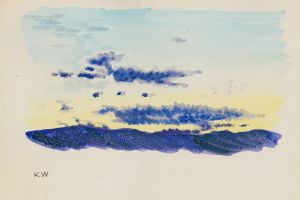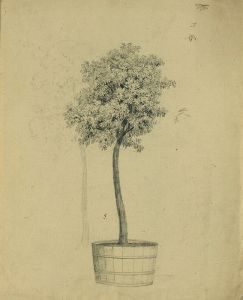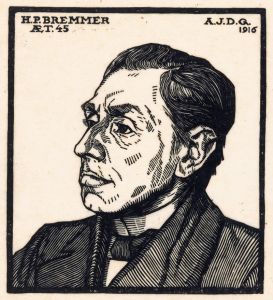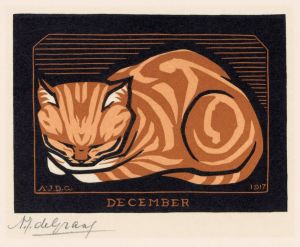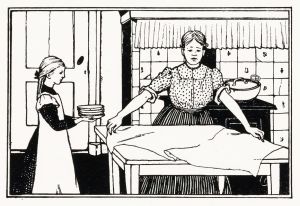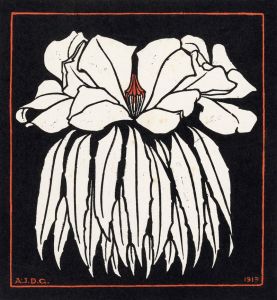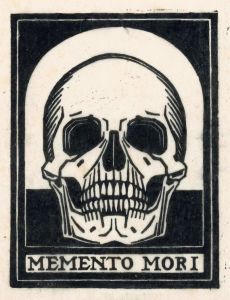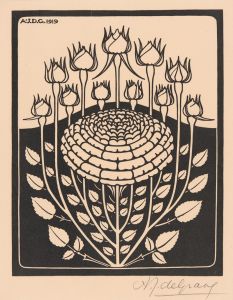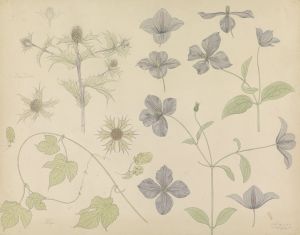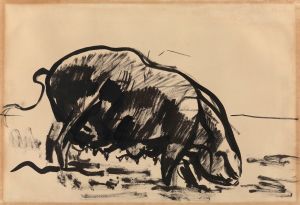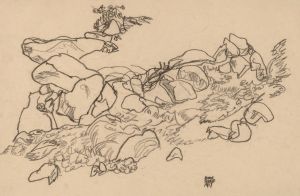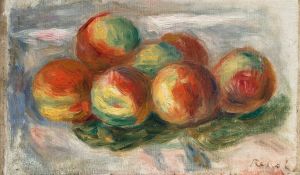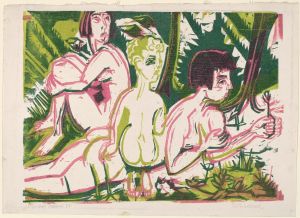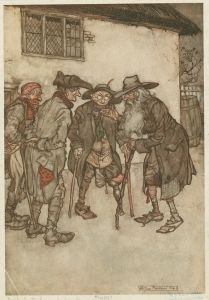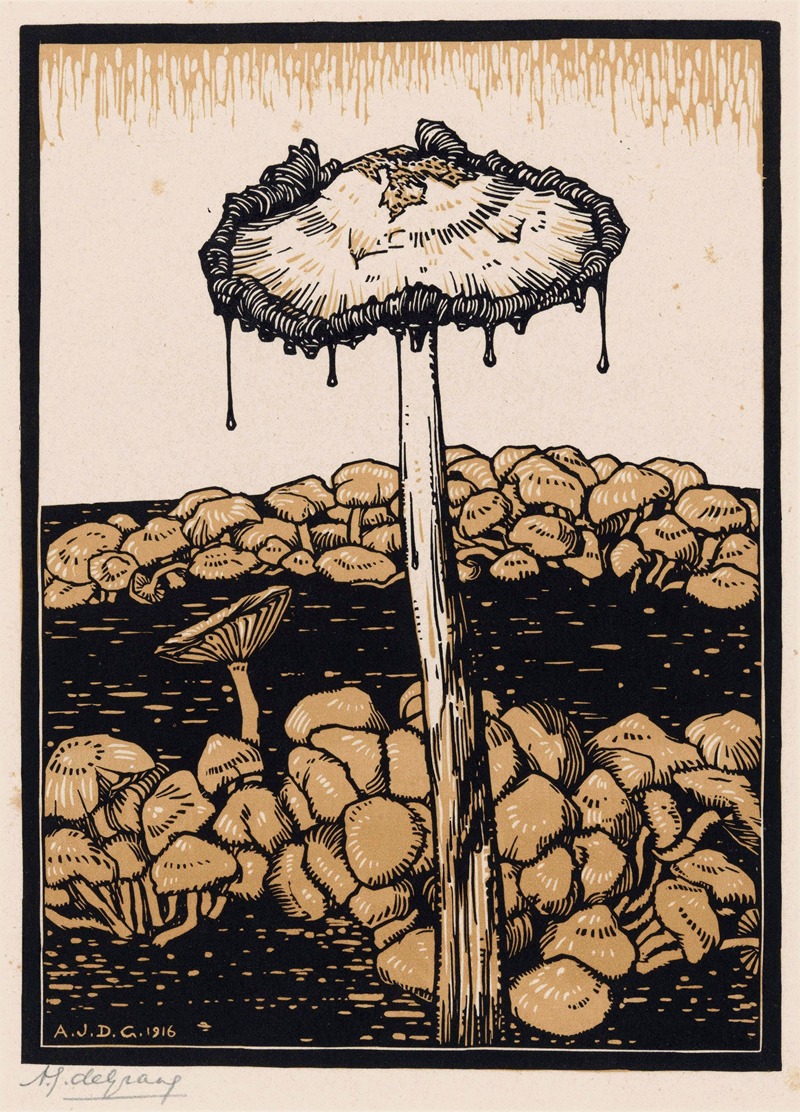
Druipende paddenstoel
A hand-painted replica of Julie de Graag’s masterpiece Druipende paddenstoel, meticulously crafted by professional artists to capture the true essence of the original. Each piece is created with museum-quality canvas and rare mineral pigments, carefully painted by experienced artists with delicate brushstrokes and rich, layered colors to perfectly recreate the texture of the original artwork. Unlike machine-printed reproductions, this hand-painted version brings the painting to life, infused with the artist’s emotions and skill in every stroke. Whether for personal collection or home decoration, it instantly elevates the artistic atmosphere of any space.
Julie de Graag (1877–1924) was a Dutch artist known for her distinctive style that often incorporated elements of Art Nouveau and Symbolism. She was particularly recognized for her graphic works, including woodcuts and linocuts, which often depicted natural subjects with a keen attention to detail and a unique sense of composition. One of her notable works is "Druipende paddenstoel" (Dripping Mushroom), which exemplifies her skill in capturing the intricate beauty of nature.
"Druipende paddenstoel" is a linocut that showcases de Graag's fascination with the natural world, a common theme in her oeuvre. The artwork features a mushroom, rendered with meticulous detail, emphasizing its texture and form. The title, which translates to "Dripping Mushroom," suggests a focus on the organic and transient aspects of nature, possibly highlighting the ephemeral beauty of fungi. De Graag's choice of subject matter reflects her interest in the smaller, often overlooked elements of the natural environment, which she portrayed with both scientific precision and artistic sensitivity.
The composition of "Druipende paddenstoel" is characteristic of de Graag's style, which often involved a harmonious balance between positive and negative space. Her use of linocut as a medium allowed her to create bold contrasts and intricate patterns, enhancing the visual impact of the piece. The technique involves carving a design into a linoleum surface, applying ink to the raised areas, and then pressing it onto paper. This method was particularly suited to de Graag's artistic vision, enabling her to achieve a high level of detail and clarity.
Julie de Graag's work, including "Druipende paddenstoel," is often associated with the broader movements of Art Nouveau and Symbolism, which were prevalent in Europe during the late 19th and early 20th centuries. These movements emphasized the beauty of natural forms, the use of flowing lines, and a focus on symbolic content. De Graag's art, however, is distinguished by its simplicity and directness, eschewing the more ornate tendencies of Art Nouveau in favor of a more restrained and contemplative approach.
Throughout her career, de Graag faced significant personal challenges, including health issues and financial difficulties, which ultimately affected her ability to work. Despite these obstacles, she remained dedicated to her art, producing a body of work that continues to be appreciated for its technical skill and aesthetic appeal. Her contributions to Dutch art, particularly in the realm of printmaking, have been recognized posthumously, with her works held in various collections and occasionally featured in exhibitions.
"Druipende paddenstoel" is a testament to Julie de Graag's ability to find beauty and meaning in the natural world, capturing the delicate intricacies of her subjects with both precision and artistry. Her work remains an important part of the Dutch art historical canon, offering insight into the artistic trends of her time and the personal vision of a talented and dedicated artist.





